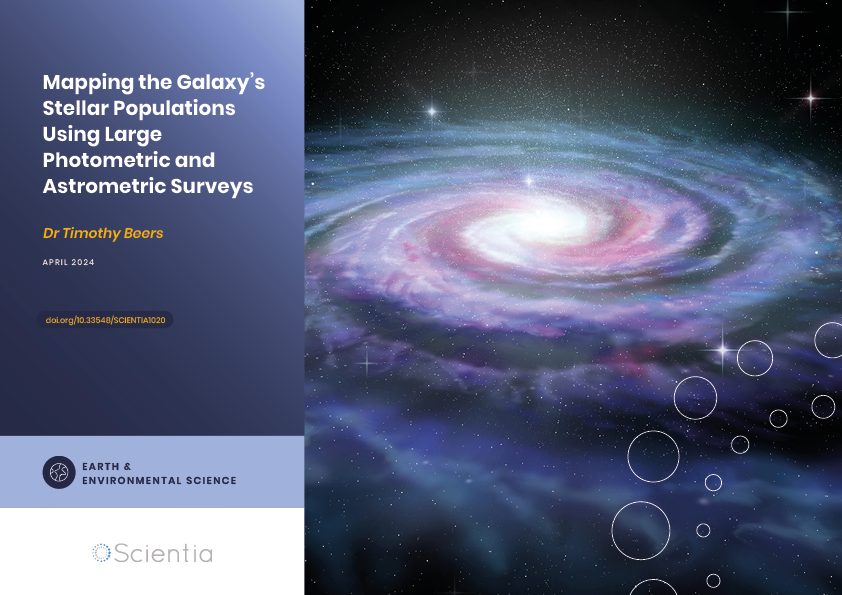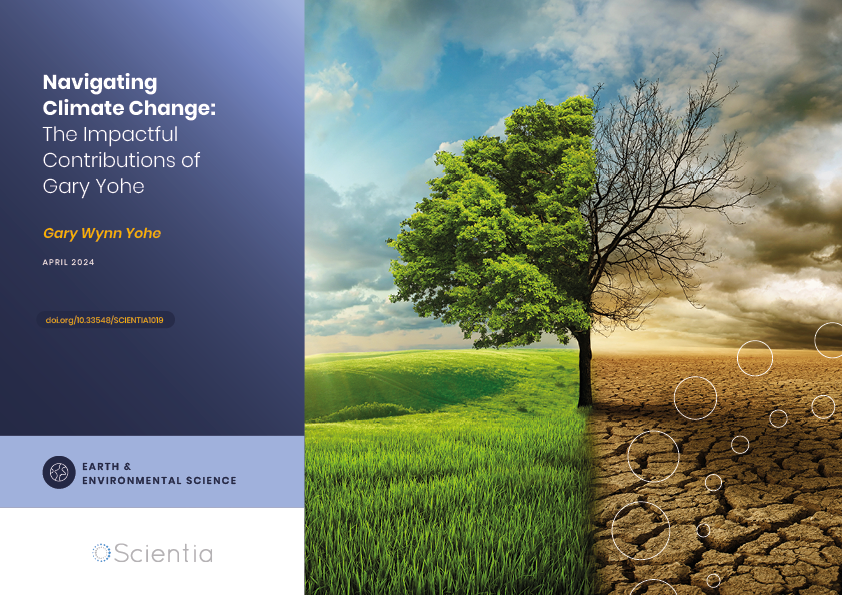Dr Jon Tore Lieng | Dynamically Installed Anchors for Floating Offshore Turbines
Effectively harnessing offshore wind presents a valuable opportunity to increase energy supplies. Floating wind turbines present several advantages over traditional fixed turbines in more shallow waters. Dr Jon Tore Lieng from Deep Sea Anchors and colleagues have developed a type of dynamically installed anchor to hold the structures in place while reducing both the costs and complexity associated with installation where cohesive seabed sediments are realised.
Why Place Wind Turbines Offshore?
The wind has been used as an energy source for hundreds of years, captured in sails to drive boats across oceans and caught in the blades of windmills, grinding grain for flour. In the current day, efforts worldwide are focused on the development of ‘offshore’ (typically sea-based) wind turbines as an energy source. There are several advantages to having wind turbines placed offshore rather than on land. These include having a lesser impact on the land, animals, and people living there, as well as the benefit of capturing stronger winds offshore, maximising energy output.
Predominantly, established wind turbines are held in place using ‘bottom-fixed’ foundations, whereby the structures are attached to the seabed. A key limitation to this approach is that its use is restricted to shallow waters, leaving vast areas of the Earth’s waters untapped.
Floating wind turbines are a more recent innovation. As the name suggests, the turbines are mounted on floating structures, which are moored and anchored rather than directly fixed to the seabed. The first large, industrial-scale floating wind farm (HiPR-Wind) was established in Scotland in 2015. Ongoing and future projects have even more ambitious plans to take advantage of deeper and more challenging waters and to put greater numbers of wind turbines in place.

Weighed Down
Dr Jon Tore Lieng of Deep Sea Anchors in Trondheim, Norway, is an expert in anchoring systems for floating offshore structures such as oil and gas platforms, drilling rigs, and wind farms. He explains that various anchor designs for floating wind turbines are available, each with specific installation requirements. These include drag embedment anchors such as fluke anchors, where the anchor is dragged across the seabed until it realises sufficient resistance. These are extensively used with temporary installations but may also be used for single-line permanent mooring. Since they are drag-embedded, they need to be proof-loaded up to design requirements in that the anchor’s precise embedment depth is not known. Proof loading may require several vessels and or expensive marine operations and equipment to fulfil the prescribed loading capacities.
Another design is a suction anchor, where a cylinder, closed at the top end, is lowered onto the seabed where it self-penetrates to a certain depth and then suction embedded (therefore coined suction anchor) by pumping out the enclosed water. Suction anchors may have up to three mooring lines attached (anchor sharing), normally require large crane vessels and may take from six to twelve hours to install, making marine operations relatively expensive. Alternatively, a driven pile can be used, which involves the installation of a steel pipe that is driven into the seabed to act as an anchor point. However, deep waters, say over 150 metres, require lengthy and massive hydraulic hoses and large hydraulic hammers, which require ditto large installation vessels and equipment. Whilst suction and driven pile anchors are undoubtedly strong, the installation is evidently not only complex and time-consuming but also costly.
Dynamically Installed Anchors
Dr Lieng is pioneering novel approaches to reduce the complexity and cost of installing anchoring systems for floating wind farms and to support the move of oil and gas exploration into deeper waters. To this end, he favours the concept of Dynamically Installed Anchors (also known as Gravity Installed Anchors), which is used where the seabed soil sediments consist of cohesive material such as clay or silt. These anchors are dropped from a certain height above the seabed, i.e., typically from a height of 70–80 metres, allowing gravitational forces to effectively embed them in the seabed some 20–30 metres, depending on the strength of the seabed sediments. This makes their installation much easier to accomplish than for other anchor designs, especially in deep or challenging waters.
His extensively tested Deep Penetrating Anchor (DPA) is one type of Dynamically Installed Anchor. It is similar in shape to a dart and will vary in size and mass depending on capacity design requirements. This size, shape, and weight ensure that when the anchor is released, it builds up enough momentum to penetrate deep into the seabed. Capacities in excess of 1,000 tonnes can be realised, which is sufficient for large 15-megawatt wind turbines. The DPA is approved by Det Norske Veritas (which sets standards for offshore structures) and is a qualified technology within Equinor, an offshore wind developer and operator that has supported the development of the concept.

To ensure that these anchors are installed as designed, a monitoring unit is mounted on the side of the anchor. This unit is designed to be recoverable and provides the team on the surface with information about how the anchor descended through the water – recording any pitch or yaw, velocity, anchor verticality and acquired penetration depth. From these data, the team on the surface can document if the anchor is installed as designed, i.e., has reached minimum penetration and verticality. Interestingly, the condition of the seabed that the anchor penetrates is less important than the geometry and mass of the anchor. Dr Lieng tested his design in two regions with differing seabed soil shear strength and found that the theoretical pullout capacities were very similar for both regions.
One of the most significant benefits of this anchor design is the installation simplicity. Dr Lieng explains that this means that the requirement for very large construction vessels is reduced as smaller vessels of type Anchor Handling Tugs equipped with Anchor Recovery Frames (ARF) will be able to install DPAs with relative ease. Although it has not yet been demonstrated in practice, it may theoretically be possible to attach two mooring lines to a DPA during installation. By having two anchor lines attached to each DPA for anchor sharing, savings with regard to manufacturing and installation costs are increased.
The DPA designed by Dr Lieng and his team will allow offshore wind farms to be built in places that were previously economically unviable or physically too challenging. This opens up huge amounts of wind energy that can now be effectively harnessed while negating the need for the construction of large windfarms, either on or close to land.
SHARE
DOWNLOAD E-BOOK
REFERENCE
https://doi.org/10.33548/SCIENTIA1032
MEET THE RESEARCHER

Jon Tore Lieng
Chief Executive Officer
Deep Sea Anchors AS
Trondheim
Norway
Dr Jon Tore Lieng gained his degree in civil engineering in 1977 at the Norwegian Institute of Technology at the University of Trondheim. Afterwards, he worked for SINTEF Civil and Environmental Engineering in Trondheim. During his tenure there, he worked on a wide range of projects and, in 1988, achieved his doctorate in Engineering from the University of Trondheim. Dr Lieng is the managing director of GeoProbing Technology AS and chief executive officer of Deep Sea Anchors AS, positions he has held since 1997 and 2012, respectively. Dr Lieng is a member of several societies, including the Norwegian Petroleum Society, the Norwegian Geotechnical Society, the European Association of Geoscientists and Engineers, and the Norwegian Centres of Expertise Instrumentation. Dr Lieng is fluent in both Norwegian and English.
CONTACT
E: jon.lieng@deepseaanchors.com
W: https://www.deepseaanchors.com/
KEY COLLABORATORS
Equinor, Global Maritime, Norwegian Offshore Wind
FUNDING
Norwegian Research Council, BOA Offshore, REINERTSEN Engineering, Statoil, Equinor
FURTHER READING
JT Lieng, H Stürm, KK Hasselø, Dynamically installed anchors for floating offshore wind turbines, Ocean Engineering, 2022, 266(5), 112789. DOI: 10.1016/j.oceaneng.2022.112789

REPUBLISH OUR ARTICLES
We encourage all formats of sharing and republishing of our articles. Whether you want to host on your website, publication or blog, we welcome this. Find out more
Creative Commons Licence (CC BY 4.0)
This work is licensed under a Creative Commons Attribution 4.0 International License. 
What does this mean?
Share: You can copy and redistribute the material in any medium or format
Adapt: You can change, and build upon the material for any purpose, even commercially.
Credit: You must give appropriate credit, provide a link to the license, and indicate if changes were made.
SUBSCRIBE NOW
Follow Us
MORE ARTICLES YOU MAY LIKE
Dr Lifei Wang | Can Species Distribution Models Inform Us About Future Ecosystems?
The world is buzzing with news about how human activities and climate shifts are reshaping our ecosystems. Have you ever wondered how life will adapt to this rapidly changing world? Ecologists might be able to predict how different species will live in future using computer simulations. Dr Lifei Wang at the University of Toronto Scarborough investigates how different stimulations work under varying conditions to provide new insights into what may lie ahead.
Dr Timothy Beers | Mapping the Galaxy’s Stellar Populations Using Large Photometric and Astrometric Surveys
Astronomers often use spectroscopic (electromagnetic radiation) data and astrometric (motion and positional) data to develop working models describing our Galaxy. Dr Timothy Beers from the University of Notre Dame and his collaborators in Korea and China combined large photometric (visible light) surveys and astrometric data to create multidimensional maps of a large part of the Galaxy. By highlighting significant inhomogeneities in stellar-chemical compositions, motions, and spatial distributions, Dr Beers and his colleagues provide valuable insights into how we can advance our understanding of the formation and evolution of our Galaxy.
Dr Sébastien Weber | PyMoDAQ: Navigating the Future of Data Acquisition
In an era where data is paramount, Dr Sébastien Weber and his team at CNRS, the French National Centre for Scientific Research, are changing the landscape for scientists and engineers with PyMoDAQ, an open-source data acquisition software. Their revolutionary tool stands out for its accessibility, versatility, and the thriving community it fosters.
Professor Gary Yohe | Navigating Climate Change: The Impactful Contributions of Gary Yohe
Professor Gary Yohe is a distinguished environmental economist whose work has been pivotal in shaping our understanding of climate change impacts, adaptation strategies, and policy frameworks. His interdisciplinary approach combines economics with environmental science, offering nuanced insights into global warming and its multifaceted impacts on natural and human systems. Professor Yohe equips us with the knowledge and strategies needed to navigate the complex and pressing challenges posed by climate change.





